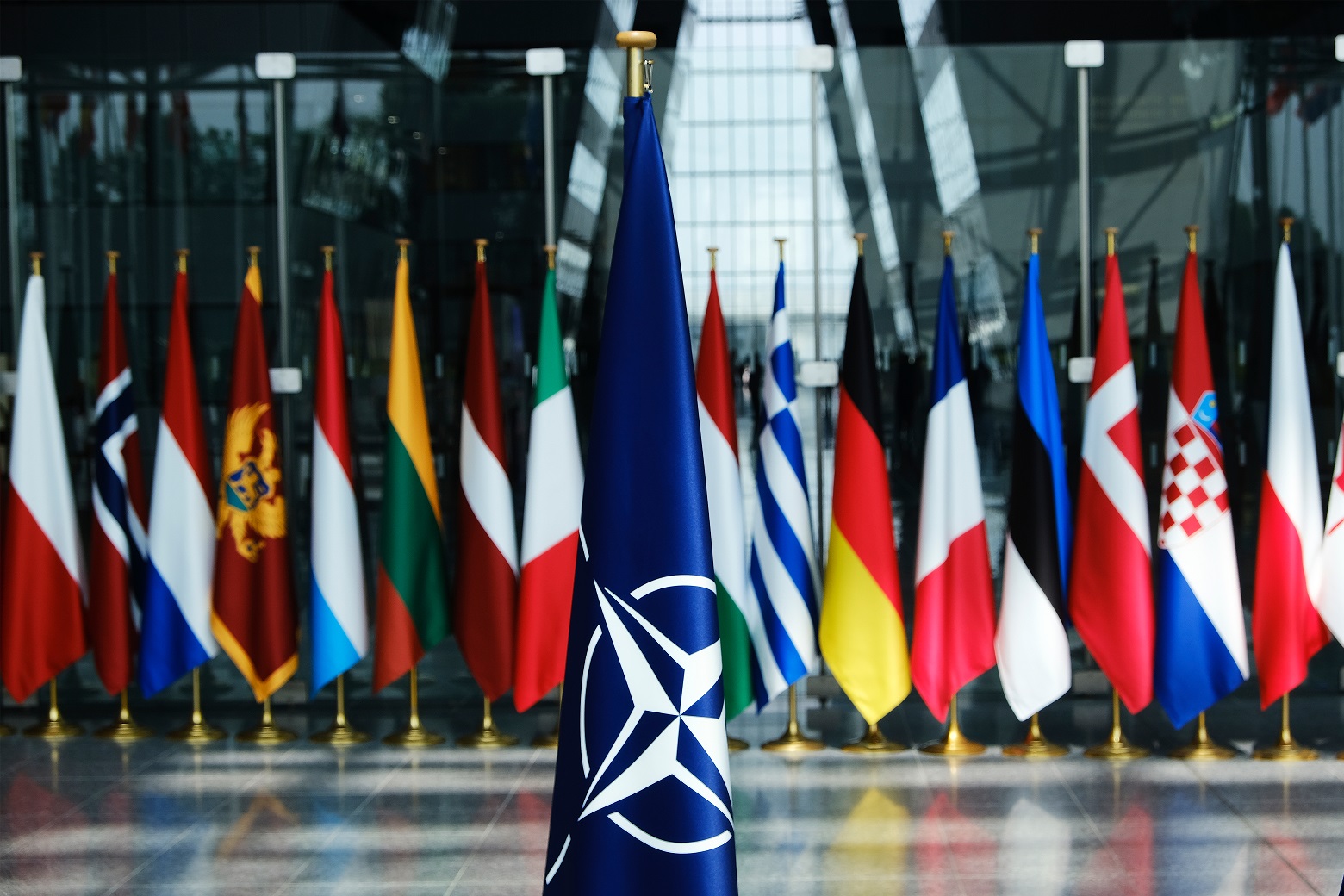In association with Lawrence Livermore National Laboratory (LLNL), UK Ministry of Defence, Sandia National Laboratories
Introduction
“Peace in the Euro-Atlantic area has been shattered,”[1] and NATO faces an increasingly dangerous and volatile security environment. In response to the Russian invasion of Ukraine and growing instability, NATO set a new baseline for its deterrence and defence posture at the June 2022 Madrid Summit. Furthermore, the Alliance has since been strengthened with the addition of Finland, with Sweden poised to follow. The meeting at Wilton Park was convened to assess NATO’s current deterrence and defence posture, consider the impact of US defence strategy and deterrence policy for NATO’s deterrence posture, and suggest how the NATO deterrence and US extended deterrence can be improved.
Strengthening Deterrence: Implementation Tasks and Challenges
- As highlighted by the Vilnius Summit Communiqué, Russia represents the most ‘significant and direct threat to Allies’ security.’[2] Russian hostile behaviour, including the invasion of Ukraine, the modernisation of its nuclear forces, and its continued nuclear sabre-rattling, have undermined peace and stability within the Euro-Atlantic region. Whilst Russia remains the greatest risk for the alliance, Allies recognise other security challenges, notably the People’s Republic of China (PCR). Such challenges stem from the PRC’s expansion and diversification of its nuclear forces, its production of plutonium for military programmes, and its reluctance to engage in strategic risk reduction discussions. Allies also raised concerns with the relationship between the PRC and Russia and noted that Iran and Democratic People’s Republic of Korea’s (DPRK) also challenged security in the Euro-Atlantic area. Finally, NATO Allies underscored terrorism as a direct threat to the Alliance as well
- Considering the current increased instability in the Euro-Atlantic and global security environment, the Vilnius Summit represented several important steps forward for the Alliance. Positive developments for NATO deterrence and defence posture include: Swedish pathway to accession, support for Ukraine, a renewal of the 2% minimum investment pledge, a commitment to building capabilities and replenishing munitions stockpiles, and putting in place new regional defence plans. NATO has also taken steps to develop and modernise its plans, forces/capabilities, and command and control architecture in both the nuclear and conventional domains. Improvements to NATO’s nuclear deterrence posture are supported by the US nuclear modernisation programme, which includes all three legs of the nuclear triad and nuclear command, control, and communications (NC3). NATO’s nuclear deterrent dual-capable aircraft (DCA) mission is also being modernised and strengthened through the procurement of the F-35 aircraft and the modernisation of the B-61 bomb.
- NATO should continue to place emphasis on improvements to defence and deterrence, especially in its coherence in posture and planning across all domains (nuclear, conventional, cyber, space). Positive steps have been taken to improve NATO’s posture, readiness, and coherence. However, this effort is still ongoing, and work is still needed to ensure NATO’s long-term security; for example, in integrating and increasing coherence between the nuclear and conventional domains in planning and exercising. Challenges to strengthening deterrence include: maintaining Allies’ political willingness to invest in defence at the required scale and in the right capabilities, anticipating the changing nature of threat over the long term, and taking account of long implementation times. The DCA mission was highlighted as a crucial element of NATO’s nuclear posture. There was broad agreement that the Alliance needs to ensure greater collaboration between US and Allies in modernising and supporting NATO’s nuclear mission, and especially with the Allies who contribute DCA capability. Participants discussed potential options to increase participation in the DCA mission to enhance its effectiveness (e.g., additional nuclear storage sites/renouncing the ‘Three Nos’, additional DCA contributors to the mission, additional members to contribute to SNOWCAT).
- Raising the nuclear IQ of both the government and civil society is a priority and a challenge for the Alliance. Participants highlighted the key role of the Nuclear Planning Group (NPG) over the last few years in increasing the nuclear IQ throughout the Alliance. However, more work needs to be done, notably in communicating what the Alliance is doing, how it is going about it, and the reasoning behind it. NATO was compared to an iceberg: being only partially exposed to external audiences. It was agreed that more transparency in the nuclear domain will benefit the Alliance in raising nuclear IQ as well as fighting disinformation. Participants notably welcomed the communication around and declassification of the name of the yearly NATO nuclear exercise, ‘Steadfast Noon.’
[1] NATO, Vilnius Summit Communiqué, Issued by NATO Heads of State and Government participating in the meeting of the North Atlantic Council in Vilnius 11 July 2023. https://www.nato.int/cps/en/natohq/official_texts_217320.htm
[2] NATO, Vilnius Summit Communiqué, 2023
